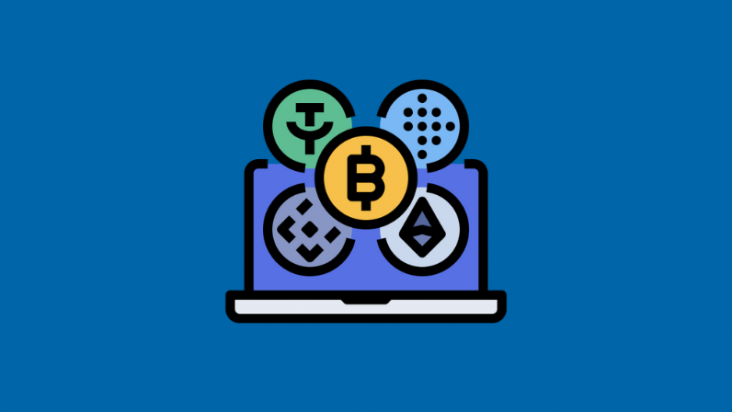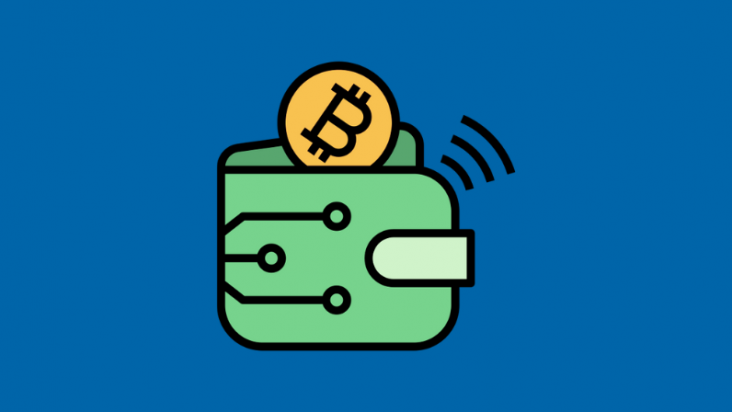
The Growing Popularity of Play-To-Earn Games
One of the most prominent P2E games is Axie Infinity, a monster-battling game similar to Pokémon, developed by the independent studio Sky Mavis and released in 2018. In this game, players collect and battle cartoon creatures called Axies, represented by NFTs. Each Axie has unique strengths and weaknesses, and players can engage in battles, go on adventures, and breed their Axies. As rewards, players earn Smooth Love Potion (SLP) crypto tokens, while Axie Infinity Shard (AXS) tokens are used for governance and decision-making within the game.
Axie Infinity boasts 2.8 million daily users and has generated a total trading volume of $3.8 billion, making it one of the most popular P2E games. In countries like the Philippines and Indonesia, some players rely on Axie to support their families. Additionally, “Axie scholarship” programs, like those offered by Yield Guild Games, allow Axie owners to lend their NFTs to other players.

P2E games are also driving the mainstream adoption of cryptocurrency. According to Aleksander Leonard Larsen, co-founder of Axie Infinity, half of the game’s players had never used a crypto app before. However, playing the game requires an initial investment—players must purchase three Axie NFTs, each costing hundreds of dollars. Larsen acknowledges that onboarding new players can be challenging, which is why Axie plans to release free starter Axies that can earn limited rewards to give new players a taste of the game.
The blockchain gaming industry is on the cusp of transformation. While blockchain gaming reached its peak popularity last year, this year, many games are addressing sustainability concerns. The major players in the industry are focusing on improving graphics, storytelling, and gameplay to maintain player interest. The shift from Play-to-Earn to Play-and-Earn reflects the maturing of the blockchain industry. The frenzy of the previous year has given way to questions about the future of games that do not prioritize fun, playability, or engagement.
Games entering the blockchain space must understand that success hinges on delivering an exceptional gaming experience.
Also Read – Blockchain and Gaming: Possibilities, Challenges, and Real-World Examples
Blockchain technology has already disrupted the gaming industry by rewarding players for in-game success. The surge in popularity of P2E games during the pandemic marked a shift from the Pay-to-Play model. Blockchain’s influence on the video gaming industry is set to continue, but what does the future hold for blockchain gaming? The coming years will tell!
Play-To-Earn Games: A Billion-Dollar Industry
Sky Mavis’ Axie Infinity, for example, has about 2.5 million daily active users. As of August 2021, Axie had reached one billion dollars in sales, becoming the first Ethereum-based game to do so. Following Axie’s success, the market was inundated with various P2E games.
The excitement from the pandemic has persisted this year, but several games are now focused on ensuring long-term sustainability. Axie Infinity is among these, working to enhance its visual appeal and gameplay. Key industry players are wary of potential backlash due to the current flaws. While blockchain gaming has room to grow, games that prioritize monetary gain over basic gaming principles are unlikely to endure. As the sector evolves, only the best games will thrive. Basic graphics with a token economy on the side are no longer sufficient; players want enjoyable gaming experiences alongside earning potential.
This raises the question: what makes a successful Play-and-Earn game?
The answer lies in the success of traditional games, where fundamental elements such as graphics, gameplay, and storytelling continue to captivate players and encourage investment. This doesn’t rule out the possibility of leveraging blockchain to create valuable digital assets in new and innovative ways.
Top 10 Reasons Play-To-Earn Will Dominate the Gaming World in the Coming Years
P2E gaming has gained substantial momentum, offering players the chance to earn real-world rewards, cryptocurrencies, and valuable in-game assets while enjoying their favorite games. Here are the top 10 reasons why P2E is likely to become the dominant force in the gaming industry:
- Financial Incentives: P2E games offer tangible financial rewards, enabling players to earn real money or valuable digital assets through gameplay, task completion, or contributions to in-game economies. This financial motivation appeals to a broad audience, including both gamers and non-gamers, who are drawn to the prospect of earning while having fun.
- Ownership Economy: By leveraging blockchain technology, P2E games enable true ownership of in-game assets such as characters, items, and virtual real estate. Players can buy, sell, and trade these assets on decentralized marketplaces, allowing them to monetize their gaming experiences and accumulate wealth in virtual worlds.
- Decentralized Governance: Many P2E games operate as decentralized autonomous organizations (DAOs), allowing players to participate in governance decisions, including game development, feature prioritization, and economic policies. This democratic model fosters a sense of ownership and control, creating a more inclusive and community-driven gaming experience.
- Global Accessibility: P2E games provide equal opportunities for players worldwide to earn rewards, regardless of their location, socioeconomic status, or gaming expertise. This global accessibility broadens the player base and promotes inclusivity, enabling individuals from diverse backgrounds to benefit from P2E mechanics.
- Economic Empowerment: P2E games empower players to earn a sustainable or supplementary income by playing games, especially in regions where traditional job opportunities are limited. This economic empowerment can improve livelihoods, reduce financial inequality, and create new opportunities in emerging markets and developing countries.
- Emergence of the Metaverse: P2E games are driving the development of the metaverse, a virtual universe where users can interact, socialize, and engage in immersive experiences across interconnected virtual worlds. As the metaverse evolves, P2E games will play a pivotal role in shaping its infrastructure, economy, and social dynamics, positioning them as key players in the future of digital entertainment.
- Innovative Gameplay Mechanics: P2E games introduce novel gameplay mechanics, such as yield farming, staking, and play-to-earn systems, that incentivize player engagement and participation. These innovative elements add depth, complexity, and strategy to gaming experiences, attracting players interested in both traditional mechanics and blockchain-based rewards.
- Interoperability and Cross-Platform Compatibility: P2E games utilize blockchain interoperability standards to enable seamless integration across different gaming platforms, ecosystems, and virtual worlds. This interoperability allows players to transfer assets, characters, and progress between games, fostering a connected gaming experience and unlocking new opportunities for collaboration across gaming communities.
- Community-Driven Development: P2E games emphasize community-driven development and engagement, with players actively involved in game design, content creation, and community events. This collaborative approach builds a sense of belonging and ownership, enhancing player retention, loyalty, and long-term sustainability for P2E projects.
- Mainstream Adoption: As P2E games gain mainstream recognition and adoption, they are poised to disrupt traditional gaming models and capture a significant share of the gaming market. With growing awareness, investment, and participation from players, developers, and investors, P2E games are set to revolutionize the way we play, earn, and interact in virtual environments.
Overall, the combination of financial incentives, ownership economy, decentralized governance, and global accessibility positions Play-to-Earn gaming as a transformative force poised to redefine the gaming industry and shape the future of digital entertainment.








